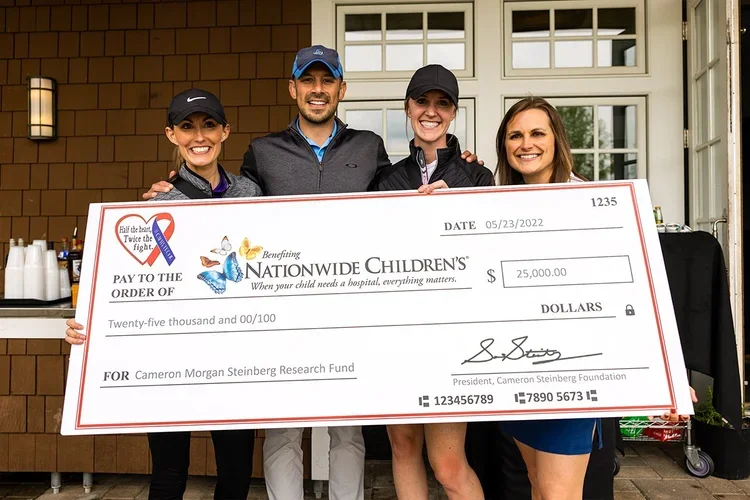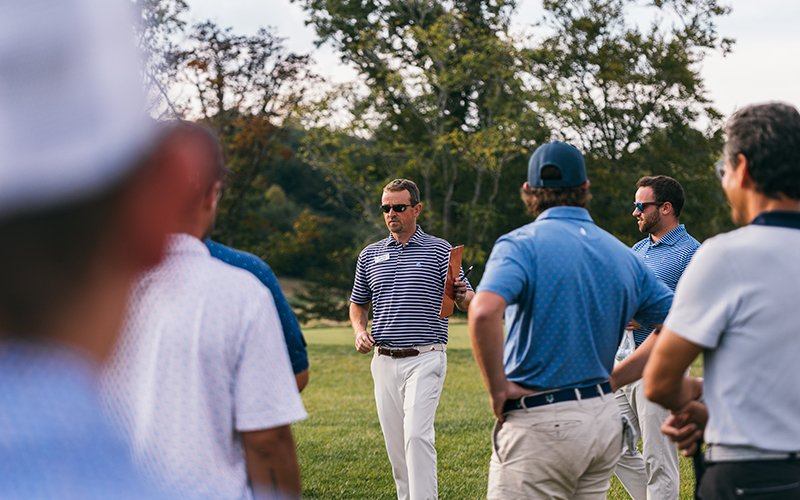GolfStatus is proud to team up once again with Dormie Network and Dormie Network Foundation for Play It Forward 2025, a one-of-a-kind campaign celebrating the incredible impact of golf fundraisers and the organizations and passionate people behind them.
Now in its fifth year, Play It Forward puts a well-deserved spotlight on the nonprofits and charitable organizations that use golf to fuel their missions, and you’re invited to be part of it.
From August 1 to September 30, you can nominate a charity golf tournament you love, whether you’re an organizer, participant, sponsor, volunteer, or supporter. One deserving golf fundraiser will receive a $10,000 donation, and the person who nominated it will score a Dormie Network Stay and Play package, good for a two-day, one-night golf getaway at one of its exclusive private destination clubs.
It’s a win-win for golf and for the thousands of golf tournaments hosted each year to raise mission-critical funds for nonprofits and charitable causes doing good. Eligible events can be hosted by a nonprofit or a third party that benefits a charity and include traditional 18-hole tournaments, TopGolf events, mini golf fundraisers, or anything in between.
“Play It Forward is about recognizing the everyday heroes who harness the game of golf to create real, lasting impact in their communities,” says Brian Schenk, Chief Philanthropy Officer at Dormie Network Foundation. “We’re honored to support the organizations doing this important work and to celebrate the tournaments that help make it possible.”
Briggs Ranch in San Antonio, Texas is one of Dormie Network’s exclusive destination golf clubs.
THE IMPACT SO FAR
Since launching in 2021, Play It Forward has contributed $50,000 to organizations using golf to power positive impact and change:
Let’s Play It Forward Together!
Golf tournaments don’t just raise funds—they build communities, raise awareness, and inspire change. Play It Forward 2025 is your opportunity to help one of those tournaments make an even greater impact.
key dates
August 1, 2025: Nomination period opens
September 30, 2025: Nomination deadline
December 2, 2025 (Giving Tuesday): Winner announced
The winners will be announced in a press release and on GolfStatus’ and Dormie Network’s social media platforms, so be sure to follow along for updates.







































